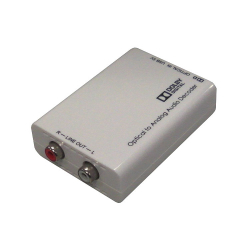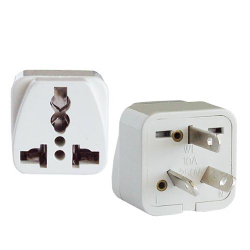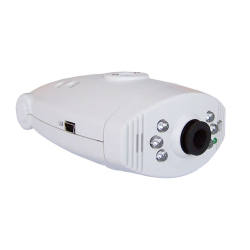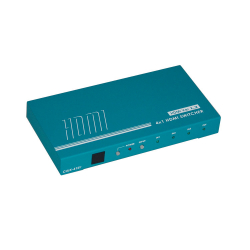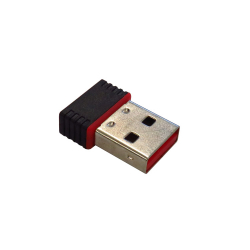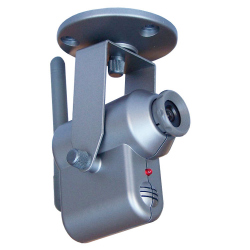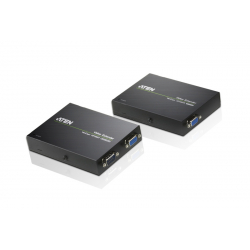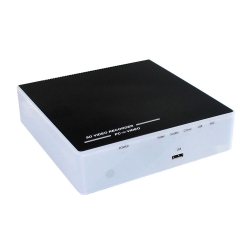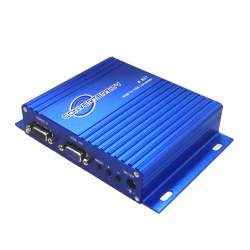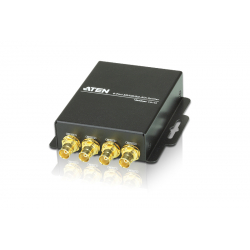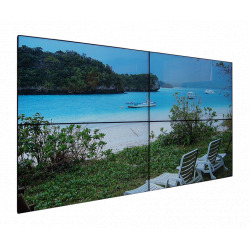A B C D E F G H I J K L M N O P Q R S T U V W X Y Z _
| HD | High Definition (HD) Generally refers to any video system of higher resolution than standard-definition (SD) video, and most commonly involves display resolutions of 1280×720 pixels (720p) or 1920×1080 pixels (1080i/1080p). |
| HDCP | High-bandwidth Digital Content Protection (HDCP) is a form of digital copy protection to prevent the copying of digital audio and video content as it travels across connections (mainly DVI and HDMI). The specification is proprietary, and implementing HDCP requires a license. One of the key terms of HDCP states that high-definition digital video sources must not transmit protected content to non-HDCP-compliant receivers. This sometimes causes handshaking problems, especially with older high-definition displays. |
| HD-DVD | High-definition DVD is a now defunct high-density optical disc format for storing data and high-definition video. HD-DVD was one of two potential successor technologies to the DVD. Supported principally by Toshiba, in February 2008 the company abandoned the format, announcing it would no longer develop or manufacture HD-DVD players or drives. Rival format Blu-Ray Disc is now seen as the current standard optical disc format to store large amounts of data and high definition video. |
| HDMI | HDMI (High-Definition Multimedia Interface) is a compact audio/video interface for transmitting uncompressed digital data, and represents a digital alternative to consumer analog standards. HDMI provides an interface between any compatible digital audio/video source (such as a set-top box, DVD player, games console etc) and a compatible digital audio and/or video monitor. HDMI supports, on a single cable, any TV or PC video format including standard, enhanced, and high-definition video, along with up to 8 channels of digital audio and a Consumer Electronics Control (CEC) connection. Because HDMI is electrically compatible with the signals used by Digital Visual Interface (DVI), no signal conversion is necessary, nor is there a loss of video quality when a DVI-to-HDMI adapter is used. |
| HDMI 1.0 to 1.2 | HDMI 1.0 was released December 9, 2002 and is a single-cable digital audio/video connector interface with a maximum TMDS bandwidth of 4.9 Gbit/s. It supports up to 3.96 Gbit/s of video bandwidth (1080p/60 Hz or UXGA) and 8 channel LPCM/192 kHz/24-bit audio. HDMI 1.1 was released on May 20, 2004 and added support for DVD-Audio. HDMI 1.2 was released August 8, 2005 and added support for One Bit Audio, used on Super Audio CDs, at up to 8 channels. |
| HDMI 1.3 | HDMI 1.3 was released June 22, 2006 and increased the single-link bandwidth to 340 MHz (10.2 Gbit/s). It optionally supports Deep Color, with 30-bit, 36-bit, and 48-bit xvYCC, sRGB, or YCbCr, compared to 24-bit sRGB or YCbCr in previous HDMI versions. It also optionally supports output of Dolby TrueHD and DTS-HD Master Audio streams for external decoding by AV receivers. |
| HDMI 1.4 | HDMI 1.4 was released on May 28, 2009 and increases the maximum resolution to 4K × 2K (3840×2160p at 24Hz/25Hz/30Hz and 4096×2160p at 24Hz, which is a resolution used with digital theatres). Also introduced is the HDMI Ethernet Channel, which allows for a 100 Mb/s Ethernet connection between the two HDMI connected devices, as well as a new Micro HDMI Connector and expanded support for colour spaces. |
| HDTV | High Definition TV. The chosen display format for HDTV is 16:9 (compared to the classic 4:3 aspect ratio). See High Definition (HD) |
| Hue | Hue determines the weakness or intensity of a colour. If a particular colour is added to any other type of colour, the intensity of every colour created should be very nearly the same. In the NTSC standard, hue errors are more common than in the PAL standard due to a different colour encoding system. The PAL system compensates for colour problems and it corrects wrong hues during operation. |

